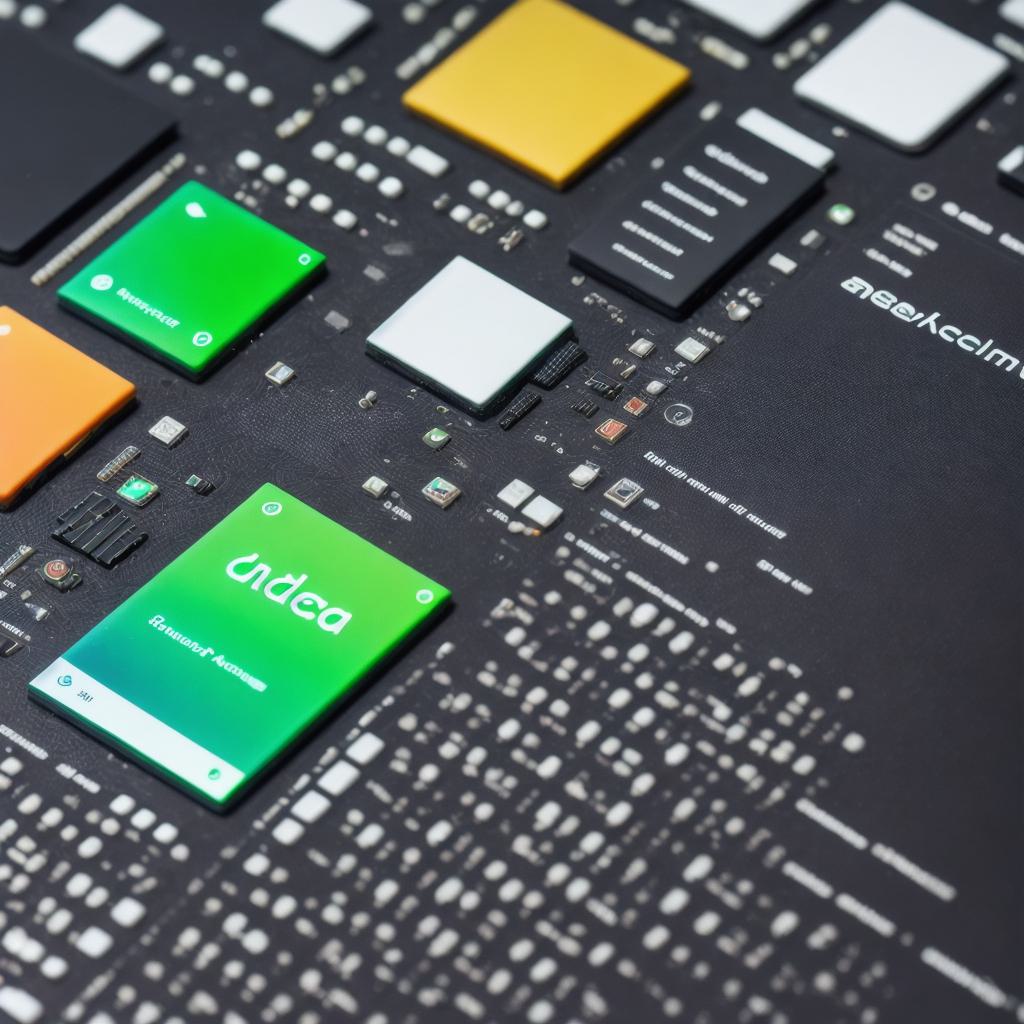Android development has become increasingly popular due to the widespread use of mobile devices. With over 2.7 billion active devices running on the platform, there are countless opportunities for developers to showcase their creativity and skills. However, standing out in a crowded app store can be challenging, which is why it’s crucial to have a solid understanding of Android development best practices.
One of the first steps in Android development is setting up your development environment. This involves installing the Android Studio Integrated Development Environment (IDE) and creating a new project. In Android Studio, you can choose the type of app you want to develop, such as an activity or service, which will impact how your app functions and what features it offers.
Once you have set up your development environment, it’s important to test your app extensively on different devices and screen sizes. This is where virtual devices come in handy. Android Studio comes with an emulator that lets you create virtual devices, but third-party tools are also available if you prefer. Testing on a variety of devices helps ensure that your app will work well on all types of devices.
In terms of programming languages, Java is the primary language used for Android app development. However, Android Studio also supports Kotlin, which is an official alternative. Both languages have similar syntax and functionality, so it’s up to personal preference when choosing which language to use.
To create a successful Android app, it’s essential to follow best practices. Keeping your app simple, optimizing for performance, making it visually appealing, testing extensively, and keeping it updated are all crucial factors that can determine the success of an app.
Examples of successful Android apps that have followed these best practices include Uber, Duolingo, and Google Maps. Uber’s ride-sharing functionality is simple and easy to use, while Duolingo focuses on language learning with a visually appealing design. Google Maps optimizes for performance by using efficient coding techniques and making its map interface easy to navigate.
Another important aspect of Android development is security. As more sensitive information is being shared through mobile devices, it’s crucial to ensure that your app is secure and protected from potential threats. This includes implementing encryption, using secure communication protocols, and regularly updating your app with the latest security patches.
In addition to technical skills, successful Android developers must also have a good understanding of user behavior and design principles. Creating an intuitive and visually appealing interface can make all the difference in the success of an app. This involves using clear and concise language, choosing appropriate colors and fonts, and designing for usability across different devices and screen sizes.
Finally, keeping up with the latest trends and technologies is also essential for Android developers. The platform is constantly evolving, and new features and tools are being introduced regularly. Staying on top of these developments can help you stay ahead of the competition and create more innovative and effective apps.

In conclusion, mastering Android development requires technical knowledge, an understanding of best practices, a focus on security, good design skills, and a willingness to constantly learn and adapt. By following the tips and examples provided in this comprehensive guide, you can create an app that stands out in the crowded app store and resonates with users. Remember to keep it simple, optimize for performance, make it visually appealing, test extensively, update regularly, and stay up-to-date on the latest trends and technologies.
